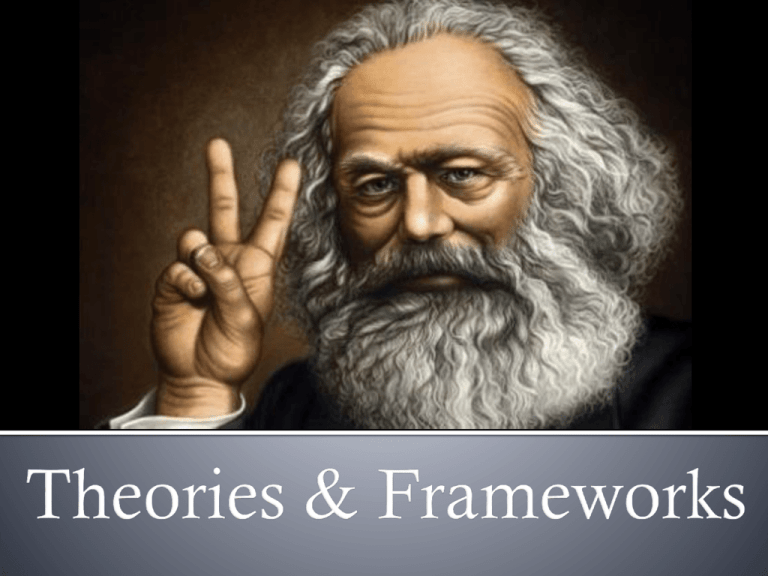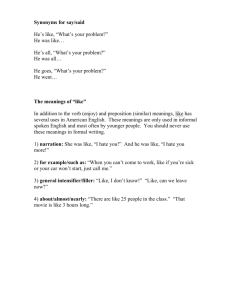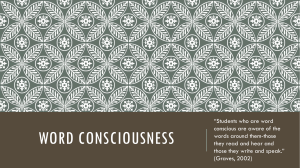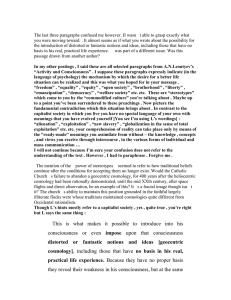Theories & Frameworks
advertisement

A theory is a set of interrelated concepts used to describe, explain or predict how society and its parts are related to each other. Levels of analysis: micro vs. macro August Comte advocated applying the scientific method to the study of social behavior. Harriet Martineau advocated searching beyond a one-sided truth. Herbert Spencer advocated that Darwinism could be applied to social life. C. Wright Mills created the concept of the sociological imagination. Society is a unified whole that is able to function because of the contributions of its separate parts. Each part of society influences and is influenced by other parts. Elements of society are functional if they contribute to social stability and dysfunctional if they disrupt social stability. Some aspects can be functional and dysfunctional. Manifest functions and latent functions He focused on what, how, and why certain factors created or destroyed social bonds. Division of labor Suicides Anomie refers to an experience of weakened social bonds / norms as the result of rapid or unexpected changes in society. Society is composed of different groups and interests constantly competing for power and resources. Groups with power benefit from the current social arrangement, so they work to preserve it. Power if often achieved at the expense of other groups; resources are not distributed equally. Equitable power and resource distribution can only come about from social change. He focused on how inequality between social classes was the result of exploitation in our capitalist system. Profit-seeking and labor competition has created two disparate social classes: the bourgeoisie and the proletariat. Hegemony refers to the ideological component to domination that involves ruling over those who give voluntary consent. All social institutions serve the interests of the bourgeoisie. ▪ Distractions and less important interests keep the exploited masses occupied. The necessary shift for social change: False consciousness Class consciousness He focused on how rational economic logic was being applied to social processes. Rationalization processes in the forms of social structures are called bureaucracies. Increasing amounts of bureaucracies will lead to an iron cage society. Human behavior is influenced by definitions and meanings that are created and maintained through interaction with others. We act/react based on the definition of the situation, which is subjective rather than objective. We act toward things/people on the basis of the meanings we assign to them. ▪ We must teach, learn and share meanings. ▪ Meanings can be modified. He suggested that we shape our actions based on imagined responses we attribute to those we are going to interact with. This is called taking the attitude of the other.
![Word Study [1 class hour]](http://s3.studylib.net/store/data/007905774_2-53b71d303720cf6608aea934a43e9f05-300x300.png)










